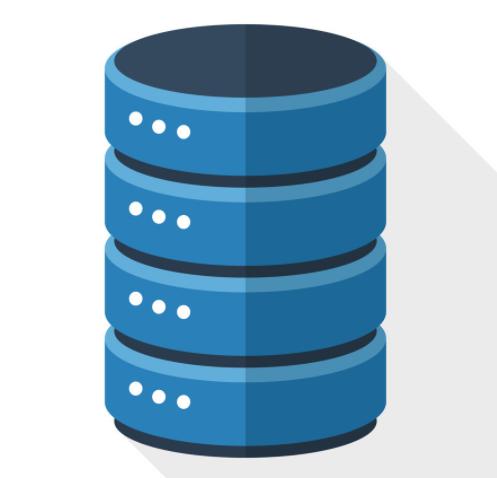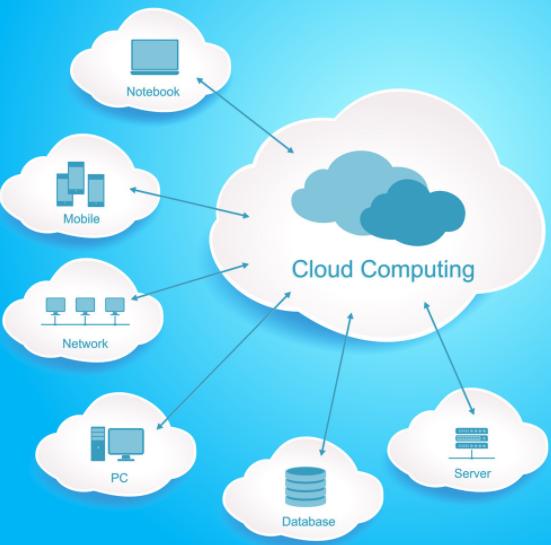Five Trends of Data Storage
by Miles Warren
February 12,2021
In the past year, we have seen new storage procurement methods. Different forms of cloud storage and faster flash memory. In 2020, these trends will accelerate.

1. Storage as a Service is deeply rooted in people's hearts,
The gradual maturity of storage as a service is a data storage trend that is hard to ignore. Because all major suppliers provide this service. Purchasing on demand allows companies to convert capital costs into the OpEx purchasing model. In 2019, Dell and NetApp joined this camp. They launched DellOn Demand and NetApp Keystone as a service delivery model. Try to catch up with IBM, Pure Storage and Hewlett-Packard Enterprise. Pure Storage started to provide Pure Evergreen on-demand purchase model in 2015.
2. Cloud Providers Move to Internal Environment
The notable data storage trend in 2020 is the on-premise deployment of public cloud services. Data center providers will accelerate the pace of providing services in the cloud. Array vendors have supported cloud layering for many years. At first, this kind of data storage only provided plug-ins. It is used to copy snapshots or archive cold data to the public cloud. With continuous development, major cloud providers have made changes. They want to increase their presence within the data center. Cloud service providers want to enter the data center, but storage providers are beginning to look at the cloud.

3. Containers Make Storage and Service Tighter
More and more enterprises have deployed micro-service architecture. So, containers are rapidly changing from novel technologies to essential technologies. Containers are usually deployed in virtual machines. Running on bare metal has lower latency and higher performance. Data storage vendors have launched a preview version of the hardware platform that can natively integrate containers. The container can be used as either the main storage or as an accessory to an existing storage array.
4. Storage is kept in memory
The third data storage trend in 2020 is continuous storage. Intel launches expected Optane SSD. Storage vendors have begun to adopt this new technology. Dell EMC updated the PowerMax SAN with Intel Optane SSD. To deal with the problem of reading and migrating hot data. HPE added Optane SSD as a read cache to its 3PAR all-flash flagship product. Pure Storage launched Optane-based Direct Memory cards for its FlashArray block storage. Intel’s product specifications include Intel Optane DC DIMM and dual-port Optane SSD. Jim Handy, semiconductor and SSD analyst at Objective Analysis. He said Intel DIMM will help bring SCM closer to the mainstream.
5. NVMe Architecture Towards Low-end NAND
In 2019, NVME flash memory will continue to make rapid progress. For storage arrays, it is common to support shared flash memory through NVMe SSD connected to PCIe. The development of NVMe-oF is also in continuous development. NVMe network architecture is a key component of NVMe flash memory ecosystem. This architecture minimizes latency between servers and storage arrays.
The above outlines the five major trends of future data storage. With the development of the times, data storage has become more refined and user-friendly. Its development is people's will to optimize data storage.
